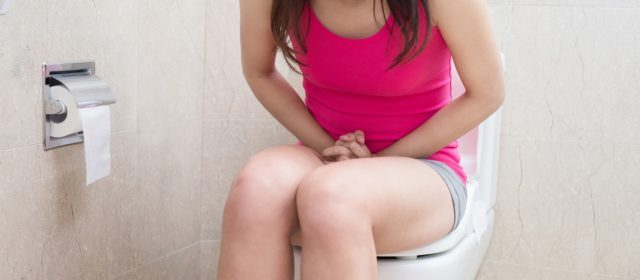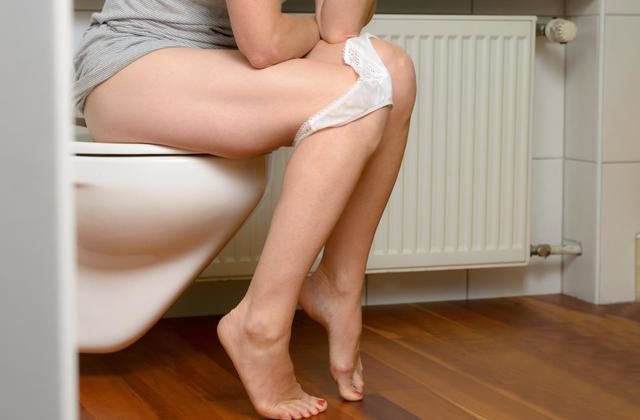Thousands of young and healthy women say that going to the restroom to urinate continuously has become a routine.
Why do we urinate so much?
First, let’s take a look at our anatomy. Many women believe that the reason they always want to urinate is that their bladder is smaller. All have tried to finish a workout without stopping to go to the restroom. Exercise puts the bladder to work at full speed. An obvious reason is a dehydration. That is why you drink more liquid to replace the loss of fluids.
In addition, there is another reason; sometimes exercising puts pressure on the lower abdomen making more marked the urge to urinate. That is why many women also need to urinate after sex. There are women who recognize the connection between exercise and urination. Most women, at the end of exercise and before leaving the gym, go to the restroom. But sometimes, after 15 minutes of starting Yoga class, they already feel the bladder full and have to go back to the restroom.

Here is what exactly happens in the body: The average bladder sends a signal to the nervous system indicating that it needs to urinate once it has reached 8 to 10 ounces of its capacity. Consider now the liquid we consume on a typical day; 64 ounces of water recommended for drinking (8 glasses a day), 2 12-ounce cups of coffee, a sports drink in the gym, a fruit for breakfast, a good salad and soda in lunch, and a glass of wine at dinner a total of 140 ounces, subtracting up to 30 ounces which is what the body uses to function properly you still have 110 ounces left that have to be removed from the system in some way which, of course, translates on at least a dozen trips to the toilet.
Urination can become a habit
But the amount of liquids is not the only problem that affects us. Women also are pre-conditioned to urinate more often since they were raised with the beliefs that they should go to the restroom before leaving home and before eating something and that idea keeps on today. Many women automatically feel the need to go to the restroom at those times, although sometimes what come out of there are only droplets. Part of that traffic to the restroom is born of automated habits in childhood.
Maybe your mother told you to go pee before going for a ride in the car. And even today, adult women need to go to the bathroom before driving their own car. Or maybe you spent years urinating late into the night and now have the bladder synchronized with that schedule. Despite the fact of being older, you now go to bed much earlier.
If you start urinating at certain times, or under certain conditions over time, the bladder gets used to it even with a little bit of urine in the bladder, because the kidneys produce urine constantly, making it possible to urinate at any time throughout the day. You could even induce (mentally predisposition) yourself to urinate every 5 minutes, even if you have consumed only a few ounces of fluid since you last urinated.

Thus the power of suggestion is important, so you may suddenly feel the urge to go to the restroom when accompanying a friend to a public restroom. Having your office very near the restroom can make you feel stimulated to urinate more and it probably has nothing to do with the number of fluids you consume. It is a frustrating cycle, the more you urinate the more you have to urinate.
Then it is a physiological disorder
Yes, although urologists rarely call it “hypersensitivity of the bladder”. It is a problem in which the person chronically feels the bladder fuller and must urinate very frequently -up to more than 12 times a day- even if it has very little liquid in it. Disorder arises when something irritates the lining of the bladder: Bacteria, a damaged nerve or acidic foods, which in turn force you to urinate at the slightest stimulus. But, if you are diagnosed with this disorder, there is not much you can do. Apart from testing with antibiotics, if there was an infection and eliminate acidic foods such as spices, alcohol, orange juice, or coffee from the diet, no other treatment is known.

